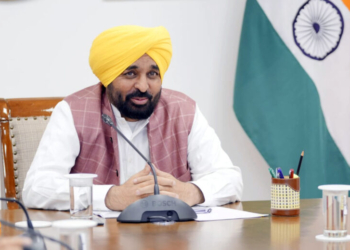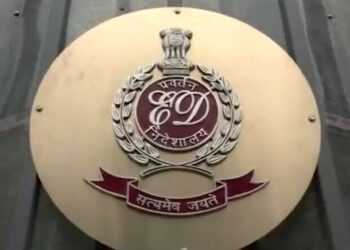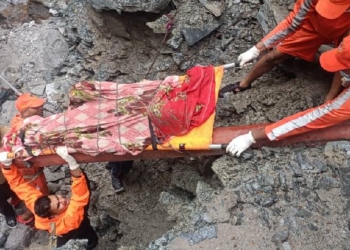New Delhi: States and Union Territories in the country have shown huge variations in the voter turnout in the last two general elections.
According to the Election Commission, there are a few states which recorded a voter turnout between 40 % and 50 %. On the other side, there are some states and UTs which recorded a voter turnout between 80 % and 90 % in the last two Lok Sabha polls.
In General Election 2019, one state/UT recorded the lowest polling percentage in the range of 40% to 50%, two States/UTs witnessed voter turnout in the range of 50% and 60% and 11 States/UTs had voter turnout between 60% and 70%.
The maximum 12 States/UTs had recorded a voting percentage between 70% and 80% and 10 States/UTs recorded the highest voting percentage between 80% and 90%. A similar trend in voter turnout was observed in General Election 2014.
While there are many reasons behind voters not coming out of their homes and participating in the democratic exercise, officials said that migration of voters is one of the main reasons for lower voter turnout in many states, notably Bihar, Uttar Pradesh, Odisha and Rajasthan.
It is understood that there are multifarious reasons for a voter not opting to register in a new place of residence, thus missing out on exercising his right to vote. Inability to vote due to internal migration (domestic migrants) is one of the main reasons to be addressed to improve voter turnout and ensure participative elections, said a senior EC official.
Although there is no central database available for migration within the country, an analysis of available data in the public domain points to work, marriage and education related migration as important components of domestic migration, added the official.
“Internal migration is one of the assessed important reasons required to be addressed to improve voter turnout in low voter turnout states. This is likely because the internal migrants or broadly the voters who are absent at their home locations on the day of polling, even if they wish to vote at their home location, they are unable to travel to home location due to various reasons,” said a letter issued by the Election Commission recently to the political parties in the country.
The letter has been written for discussion on improving voter participation of domestic migrants using remote voting.
The poll panel also cited the Census 2011 data saying 45.36 crore Indians (37%) are migrants, however, 75% of such migrations are on account of marriage and family related reasons. “It is also to be noted that internal out migration is predominant among the rural population and it is mostly intra-state (approximately 85 %),” said the Commission in the letter.
With a view to address the issues surrounding migrant voters, the Election Commission had formed a Committee of Officers on Domestic Migrants’. The committee held a meeting with the representatives of the recognized national political parties on August 29, 2016 and examined the problems and measures for electoral participation of domestic migrants.
The committee also relied on the studies made by the Tata Institute of Social Sciences on the subject of domestic migration and following a meeting with stakeholders it submitted its report in November 2016.
The concluding recommendations of the Committee were about creating a robust electoral roll so that there is only one registration per voter, developing requisite technology for two- way electronically transmitted postal ballot in a controlled environment and amendment of laws so that sufficient time is available to the election machinery for pre-registration of such electors.
(IANS)













